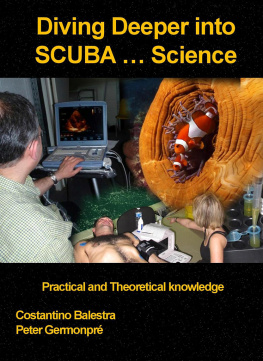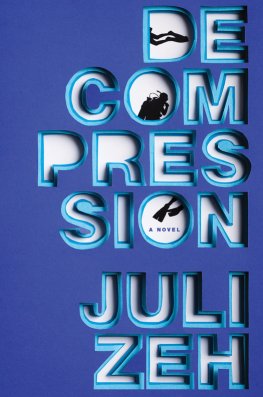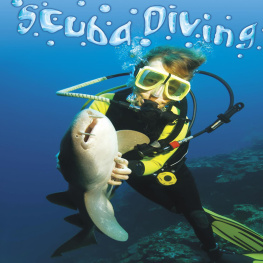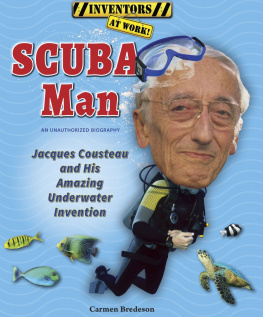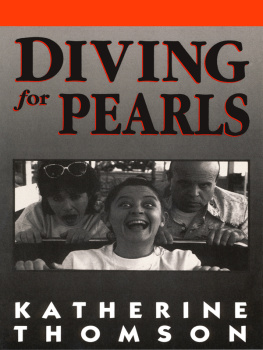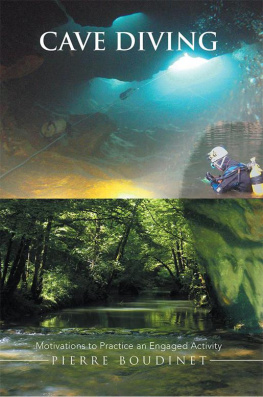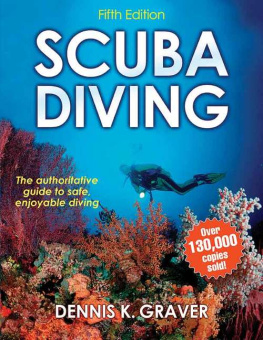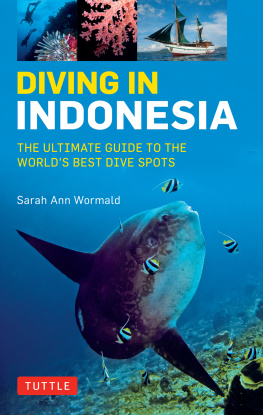Costantino Balestra - Diving Deeper into SCUBA... Science: Practical and Theoretical Knowledge
Here you can read online Costantino Balestra - Diving Deeper into SCUBA... Science: Practical and Theoretical Knowledge full text of the book (entire story) in english for free. Download pdf and epub, get meaning, cover and reviews about this ebook. year: 2017, publisher: Acrodacrolivres, genre: Romance novel. Description of the work, (preface) as well as reviews are available. Best literature library LitArk.com created for fans of good reading and offers a wide selection of genres:
Romance novel
Science fiction
Adventure
Detective
Science
History
Home and family
Prose
Art
Politics
Computer
Non-fiction
Religion
Business
Children
Humor
Choose a favorite category and find really read worthwhile books. Enjoy immersion in the world of imagination, feel the emotions of the characters or learn something new for yourself, make an fascinating discovery.
- Book:Diving Deeper into SCUBA... Science: Practical and Theoretical Knowledge
- Author:
- Publisher:Acrodacrolivres
- Genre:
- Year:2017
- Rating:5 / 5
- Favourites:Add to favourites
- Your mark:
Diving Deeper into SCUBA... Science: Practical and Theoretical Knowledge: summary, description and annotation
We offer to read an annotation, description, summary or preface (depends on what the author of the book "Diving Deeper into SCUBA... Science: Practical and Theoretical Knowledge" wrote himself). If you haven't found the necessary information about the book — write in the comments, we will try to find it.
The editors of and authors of this book are a cadre of scientists and physicians with broad experience and knowledge of diving physiology and decompression theory. As is often the case, it requires a group effort to succeed in advancing practical knowledge. The colloquialism the whole is greater than the sum of its parts is often true and the PHYPODE Reasearch Group epitomizes this concept. By logically grouping the various elements of diving science and medicine with provocative food for thought sections, the text offers valuable lessons to those interested in the current state of diving. Despite nearly 170 years of reasearch, the fundamenal nature of decompression stress remains elusive. As is well outlined in this book, great advances have been made to the practical elements allowing for safe diving. Nonetheless, there are glaring voids of knowledge related to the nature of bubble nucleation, its consequences and methods to ameliorate risk. The synergy exhibited in this text not only provides a foundation for what is known, it offers a glimpse of where research is taking us. - Professor Stephen R. Thom, Dept. of Emergency Medicine, University of Maryland School of Medicine
This is a book for all diving fans who want to discover their passion through a scientific approach.
EXCERPT
Decompression illnesses (DCI), or as they are called more scientifically: dysbaric disorders, represent a complex spectrum of pathophysiological conditions with a wide variety of signs and symptoms related to dissolved gas and its subsequent phase change.1, 2 Any significant organic or functional dysfunction in individuals who have recently been exposed to a reduction in environmental pressure (i.e., decompression) must be considered as possibly being caused by DCI until proven otherwise. However, apart from the more obvious acute manifestations of a single, sudden decompression, individuals who have experienced repetitive exposures (e.g. commercial or professional divers and active recreational divers) may also develop sub-acute or chronic manifestations, even if subtle and almost symptomless.
ABOUT THE AUTHORS
Dr. Costantino Balestra started to study neurophysiology of fatigue then started studies on environmental physiology issues. He teaches physiology, biostatistics, research methodology, as well as other subjects. He Is the Director of the Integrative Physiology Laboratory and a full time professor at the Haute Ecole Bruxelles-Brabant (Brussels). He is VP of DAN Europe for research and education, Immediate past President of the European Underwater and Baromedical Society.
Peter Germonpr is the Medical Director of the Centre for Hyperbaric Oxygen Therapy of the Military Hospital Brussels, Belgium).
Costantino Balestra: author's other books
Who wrote Diving Deeper into SCUBA... Science: Practical and Theoretical Knowledge? Find out the surname, the name of the author of the book and a list of all author's works by series.

